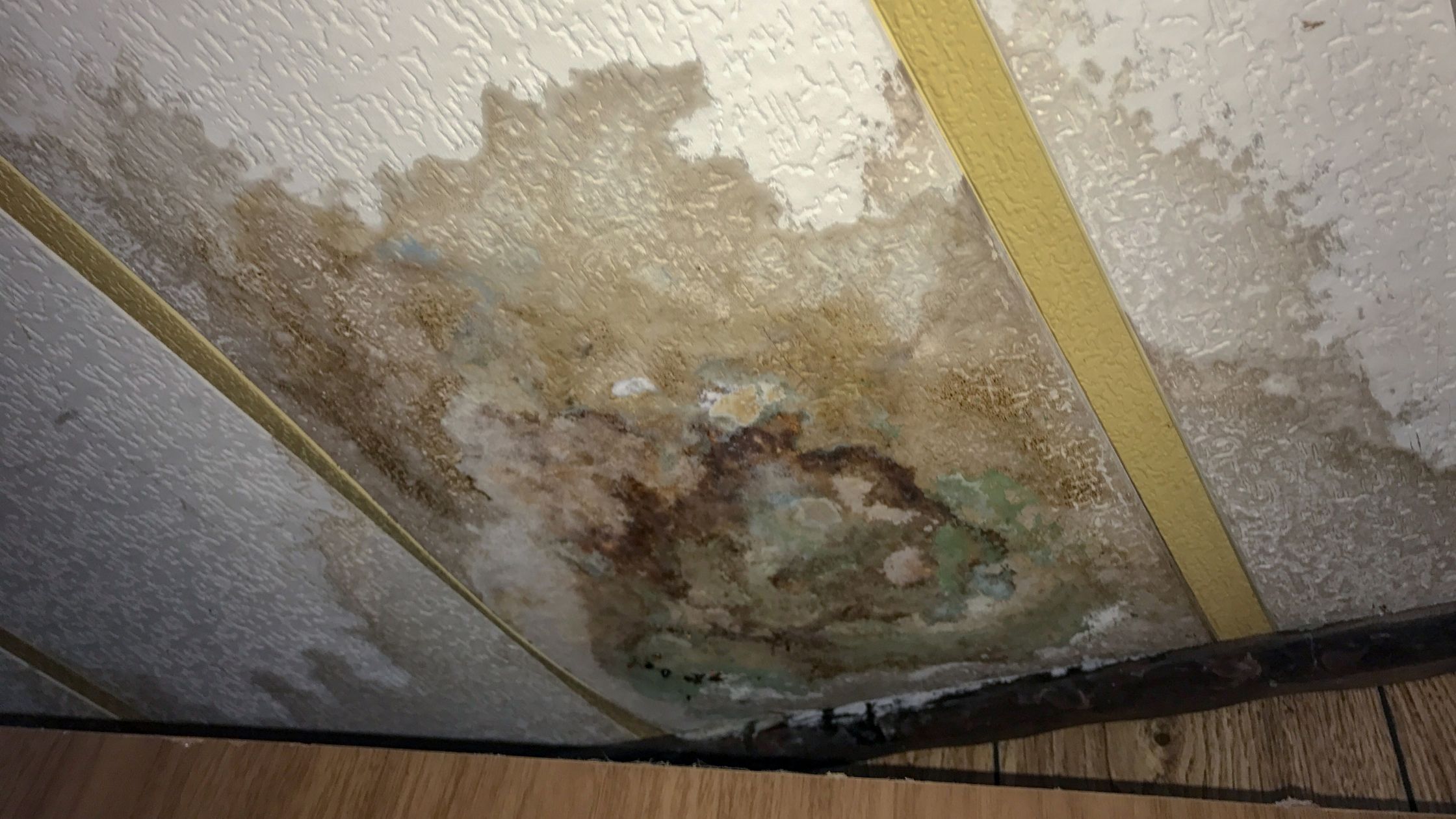How to Spot Water Damage and What to Do About It
by siteadmin

Water damage is a common concern among homeowners, and for good reason. It can cause serious damage to your home and affect your health and safety. Spotting water damage early can make a big difference in the amount of damage that occurs, and knowing what to do about it can help you get your home back to its pre-damage state. In this article, we’ll cover the main signs you have water damage and the water damage restoration process.
Visible watermarks and stains
One of the easiest ways to spot water damage is to look for visible watermarks and stains. These can appear on walls, ceilings, and floors, and often have a yellow or brownish discoloration. You may also notice peeling or bubbling paint or wallpaper. If you see these signs, it’s important to address them quickly as they can indicate a larger issue.
Musty odors
Musty odors are a common sign of water damage, particularly in areas with poor ventilation. Mold and mildew thrive in damp environments, and as they grow, they release spores that can cause respiratory problems. If you smell a musty odor in your home, particularly after rain or snow, it’s a good idea to investigate further.
Changes in texture
Water damage can cause changes in texture in walls, floors, and ceilings. For example, you may notice soft or spongy drywall, or tiles lifting off the floor. These changes indicate that water has infiltrated these materials and they may need to be replaced.
Peeling or bubbling paint
Peeling or bubbling paint can be another sign of water damage. When water gets behind the paint, it can cause it to separate from the wall, leaving bubbles or large flakes that peel away. This can be a sign of a larger issue, such as a leaking pipe or roof.
Rusty pipes or fittings
If you notice rust or corrosion on your pipes or fittings, it’s a sign that there has been moisture present for some time. This can lead to leaks or even burst pipes, causing extensive water damage. Make sure to address any rusty pipes or fittings immediately.
In the event that you do find water damage in your home, it’s important to address it quickly to prevent further damage and ensure your safety. The water damage restoration process includes the following steps:
Assessment
A professional restoration company will assess the damage and determine the best course of action. This may include structural drying, mold remediation, and removal of damaged materials.
Water extraction
If there is standing water in your home, it will need to be extracted using professional equipment. This process typically involves large pumps and vacuums to remove all excess water.
Drying and dehumidification
After the water is removed, the area will need to be dried thoroughly to prevent mold growth. Industrial dehumidifiers and fans will be used to speed up the process.
Cleaning and sanitization
Once the area is dry, all affected surfaces will need to be cleaned and sanitized to prevent mold growth and ensure your safety.
Restoration
Finally, any damaged materials will be replaced or repaired, and the area will be restored to its pre-damage state.
Water damage can be a serious issue for homeowners, but spotting it early and acting quickly can make a big difference in the amount of damage that occurs. Look for visible watermarks and stains, musty odors, changes in texture, peeling or bubbling paint, and rusty pipes or fittings. If you do find damage, make sure to contact a professional restoration company like Water & Fire Damage Pros of Baltimore to ensure your home is safe and secure.
https://www.waterdamagerestorationbaltimorepros.com/
Water damage restoration baltimore
Water damage is a common concern among homeowners, and for good reason. It can cause serious damage to your home and affect your health and safety. Spotting water damage early can make a big difference in the amount of damage that occurs, and knowing what to do about it can help you get your home…
Recent Posts
- Lawn Care Spring Branch Advocates for Property Care: Combatting Weed Growth and Preserving Curb Appeal
- Expert Cleaners Lexington: Delivering Excellence in Cleaning Services
- Attorney Big Al Emerges as the Go-To Maryland Accident Lawyer
- Chimney Sweep Clean Revolutionizes Chimney Inspections in Baltimore
- Sanitation with Restroom Trailer and Porta Potty Rentals in Maryland
